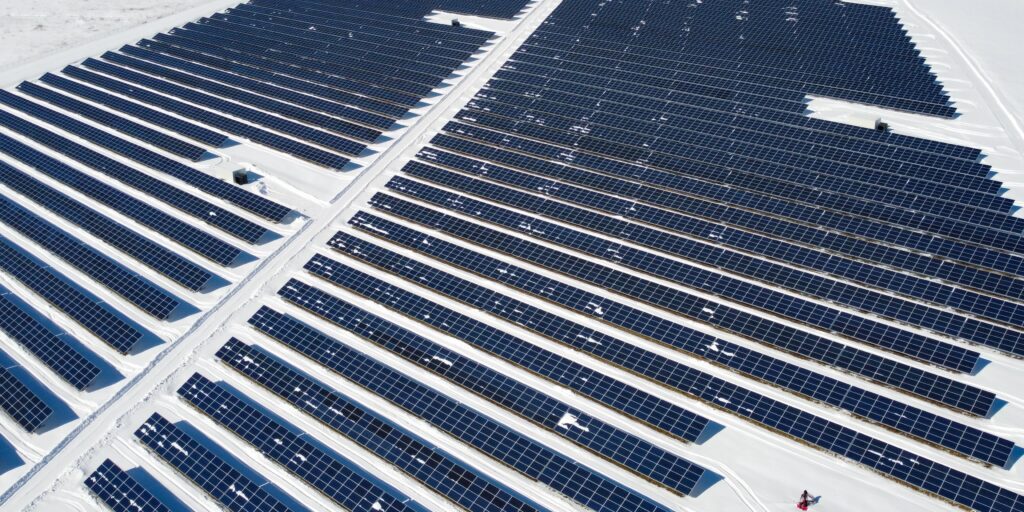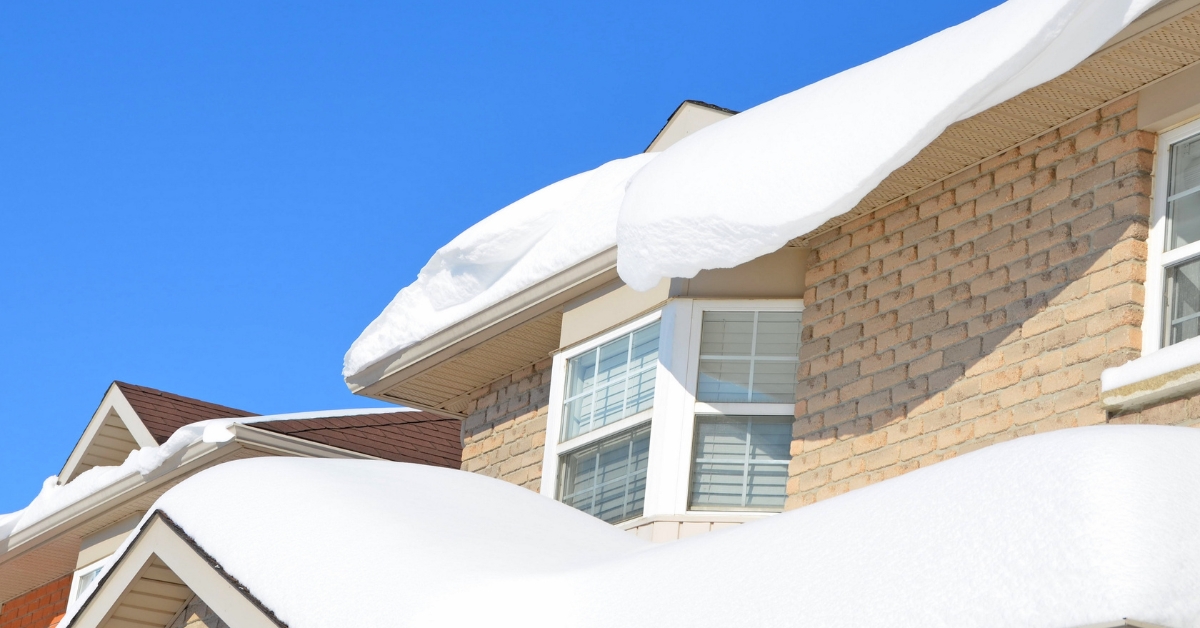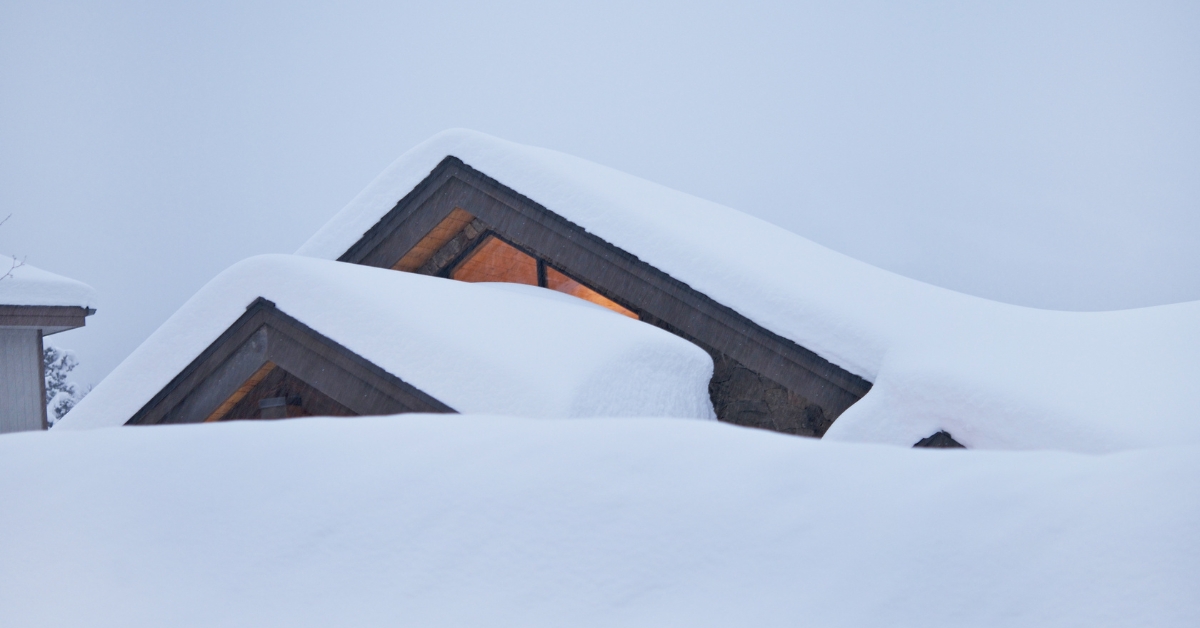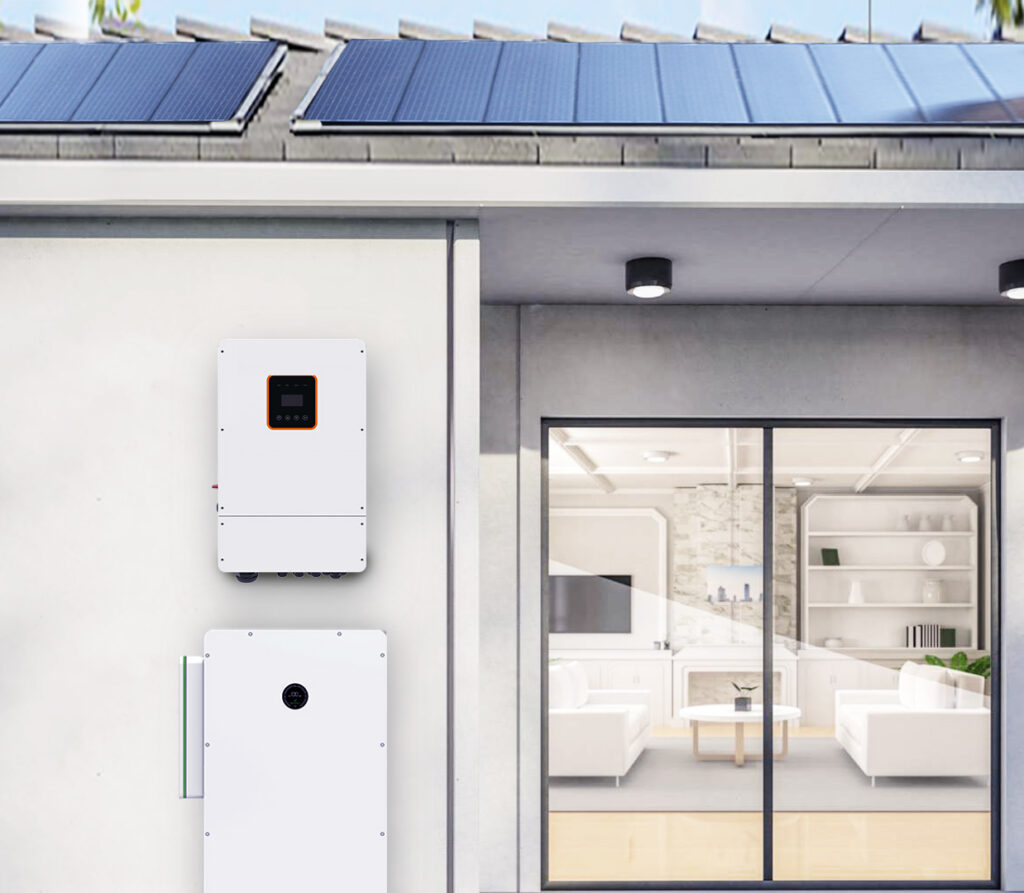As winter approaches, the efficiency and functionality of solar panels become hot topics of discussion. There’s a common misconception that solar panels need prolonged direct sunlight to function effectively and that their performance significantly diminishes during the short daylight hours, low temperatures, and snowy conditions of winter. But is this really true, or is it just a common misconception born from a lack of understanding?
This article delves into the myths and realities of solar panel efficiency in winter, exploring how these systems can not only endure but also thrive under the season’s unique conditions. Contrary to popular belief, solar panels do not solely rely on the intense sunlight of summer days; they can perform remarkably well during the cold winter months. In fact, lower temperatures can actually improve the efficiency of solar panels, as less heat means a higher rate of electrical conversion. Additionally, the reflective effect of snow can direct more light onto the panels, sometimes even providing more illumination than usual. Although shorter daylight hours and snow accumulation can present challenges, these can be mitigated with proper design and maintenance.
We will uncover the principles behind solar technology and provide examples of how to overcome seasonal challenges to ensure that your solar system operates efficiently throughout the year.

Solar panels convert light into electricity through a process known as the photovoltaic effect. When sunlight strikes the semiconductor material in solar panels, photons (particles of light) transfer their energy to electrons in the material, causing them to be released from atoms and create a flow of electricity. This electric current is then collected and converted into the alternating current used in our everyday life through an inverter. This process relies on the energy of light, not the heat of the sun, meaning that solar panels can generate electricity even during winter, provided there is daylight.
Interestingly, cold temperatures can have a positive effect on solar panels. Electrons are more readily activated in lower temperatures, which can increase the efficiency of the panels. Solar panels are typically tested at standard conditions around 25 degrees Celsius, and efficiency often improves when temperatures drop below this benchmark. That’s why, despite the cold, the solar panel performance can be surprisingly high on a clear winter’s day.
However, the reduced hours of daylight in winter do affect the total amount of energy produced by solar panels. With shorter days, there’s less time for solar panels to generate power. To counteract this natural phenomenon, optimizing the angle and orientation of solar panels to maximize light reception during winter can help. Adjusting the angle to face the sun’s lower position ensures that even on days with limited daylight, the panels capture as much sunlight as possible. Additionally, keeping the surface of the panels clean and promptly removing snow are crucial to maintaining the efficiency of photovoltaic systems in winter.


Snow coverage in winter can have a dual effect on the energy absorption of solar panels. Fresh snow has a high albedo, meaning it reflects a lot of light, acting as a natural light enhancer. When the ground is covered with snow, sunlight can reach the panels from two directions: directly from the sun and indirectly from the reflection off the snow. This reflected light can increase the amount of light the panels receive, potentially boosting electricity production under certain conditions.
However, snow also presents challenges. When solar panels are covered with snow, they cannot effectively capture sunlight. Some solar systems are designed with surfaces that facilitate snow melting, or they may be installed at an angle that helps snow slide off naturally. Additionally, some solar panel systems are equipped with heating elements to quickly melt snow and restore power generation when snow accumulation is excessive.
Beyond the direct effects of snow, it can also indirectly benefit the performance of solar panels. Cold air helps improve the efficiency of solar panels, and snow can keep the ground temperature low, which may contribute to a cooler overall ambient temperature around the panels, creating a more ideal power-generating environment in winter.


Energy storage is a critical component to maximize solar panel efficiency, especially in winter when daylight hours are shorter. To ensure continuity of energy supply during winter, storage systems play an essential role. These systems can store energy when sunlight is abundant and release it during peak demand or when sunlight is scarce. This not only ensures a stable energy supply but also improves the overall efficiency and reliability of solar systems.
Lithium-ion batteries are among the most commonly used storage technologies, widely adopted for their high energy density, long lifespan, and increasingly favorable cost-benefit ratio. They can provide the necessary electricity after sunset during the short daylight hours of winter, ensuring continuous operation for homes and businesses.

The solar panel installation process is critical to optimizing the system’s performance for winter conditions. Installers must consider the specific environmental factors of the location, such as the typical snow load, the angle of the winter sun, and the direction of prevailing winds. For instance, a solar panel installation in Montreal would have to consider the city’s unique winter conditions, ensuring that panels are positioned not just for optimal sun exposure but also for natural snow removal.
Regular solar panel maintenance is essential to ensure peak performance during the winter months. This includes periodic checks to ensure electrical connections are secure, the integrity of the mounting system, and that the panels are clean and free from obstructions. In snowy regions, maintenance must also include strategies for snow removal, whether manual or automated, to prevent accumulation that can block sunlight and reduce efficiency.
Understanding the interplay between solar panel technology and winter conditions is essential for anyone considering solar energy. While winter brings its set of challenges, it also presents unique opportunities to harness solar power efficiently. With proper installation, maintenance, and storage solutions, solar panels can provide a reliable and efficient source of energy throughout the winter months, debunking the myth that solar power is only for sunny summer days.
As the industry continues to innovate with more advanced materials, smarter storage solutions, and optimized designs, the potential of solar power in winter is only set to increase. So, whether it’s a snowy day in Quebec or a clear winter’s afternoon elsewhere, solar energy remains a bright spot in the renewable energy landscape.
Don’t let the winter chill put a freeze on your energy aspirations. Whether you’re looking to optimize your existing setup or start a new one, DomoLynxour team willis ready to tailor a solar solution that fits your unique home needs. Contact us to explore how you can benefit from solar energy all year round. Embrace the winter sun and let’s turn your solar dreams into a sustainable reality!
Lorem ipsum dolor sit amet, consectetur adipiscing elit. Ut elit tellus, luctus nec ullamcorper mattis, pulvinar dapibus leo.
Take the first step towards sustainable and efficient energy use with Domolynx. Request your free, no-obligation quote today and discover how solar energy can transform your home or business.




